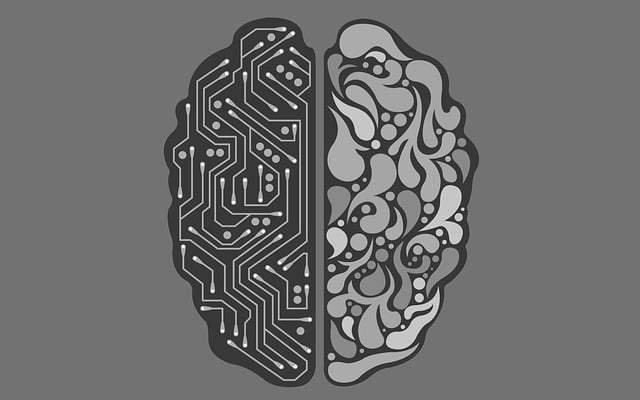Hey - welcome to this article by the team at neatprompts.com. The world of AI is moving fast. We stay on top of everything and send you the most important stuff daily.
Sign up for our newsletter:
The DeepMind robotics team, a division of Google, has recently announced a trio of groundbreaking advancements in robotics. These innovations aim to enhance the decision-making capabilities of robots, enabling them to operate more efficiently, intelligently, and safely in various environments.
Central to these developments is introduction a novel system known as the “Robot Constitution.” This system is particularly designed to improve the process of gathering training data, ensuring that robotic assistants in office settings can perform routine tasks, like restocking printer paper, without jeopardizing the safety of their human colleagues.
This initiative reflects a significant stride in the realm of robotics, where integrating sophisticated technology and ethical guidelines promises to redefine our interaction with AI-driven machines.
DeepMind’s AutoRT System: The Core of Google's Robotics

Central to this initiative is DeepMind's AutoRT system, a cutting-edge data-gathering system that employs a Visual Language Model (VLM) and a Large Language Model (LLM). This combination allows robots to comprehend their environment, adapt to new settings, and decide on appropriate tasks.
This system enhances robot decision-making, pushing the boundaries of AI capabilities in real-world applications.
The Essence of the Robot Constitution
Drawing inspiration from Isaac Asimov's iconic “Three Laws of Robotics,” the Robot Constitution is a set of safety-focused directives guiding the LLM. It ensures that robots avoid tasks involving humans, animals, sharp objects, and electrical appliances, thus prioritizing human safety in all operations.
This framework is a testament to Google's commitment to responsible AI development.
Safety Protocols and Operational Efficiency
DeepMind has incorporated several safety measures in the robots. These include an automatic halt feature for human intervention when the joint force exceeds a threshold and a physical kill switch.
These features are crucial for ensuring operational safety, especially in environments with frequent human-robot interaction.
Real-World Application and Testing
The practical application of these technologies has been impressive. Over seven months, Google deployed 53 AutoRT robots in various office settings, conducting over 77,000 trials.
These robots, capable of performing tasks like wiping tables, were controlled remotely, operated autonomously, or followed pre-programmed scripts, showcasing their versatility and adaptability in different operational environments.
Advancing Beyond AutoRT: SARA-RT and RT-Trajectory
In addition to AutoRT, Google’s DeepMind introduced SARA-RT, a neural network architecture enhancing the accuracy and speed of the Robotic Transformer RT-2. Another innovation, RT-Trajectory, incorporates 2D outlines to aid robots in executing physical tasks with greater precision.
The Future of AI Droids: Towards Safer and More Creative Tasks
While fully autonomous robots capable of more complex tasks like serving drinks or performing domestic chores remain a goal for the future, current developments like AutoRT mark significant progress. These advancements improve the capabilities and reliability of robots and ensure their safe coexistence with humans in various industries.
Conclusion: Google’s Vision for a Safer AI Future
Google's “Robot Constitution” and the advancements in AI droids represent a significant leap forward in the field of robotics and AI. By focusing on safety, ethical operation, and practical application, Google is setting new standards for the future of robotics, promising a world where AI droids can be trusted partners in our daily lives.
